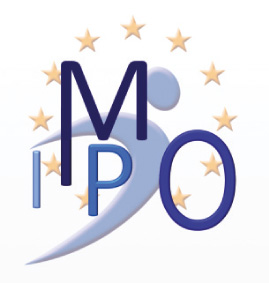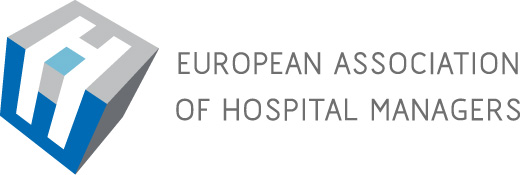HealthManagement, Volume 16 - Issue 3, 2016

In recent years patient safety and risk management have become important topics of debate at different levels of healthcare throughout Europe so that where there is one, the other is also found.
In this article we will bring these topics together, putting them in the context of the Input-Management-Processes- Outcomes (IMPO ) model, and also introducing them to the IMPO -Conference taking place on November 17 in Düsseldorf.
The main question is: are patient safety and risk management bound to each other as two sides of a coin or are they counterweights in the balance health care management seeks?
For years, patient safety has been an important topic on the agenda of the European Union. It is estimated that 8 to 12 percent of patients admitted to hospital in the EU suffer from adverse events. A high proportion of these are avoidable and have their roots in systematic issues. In 2009 the Council of the European Union adopted a series of recommendations regarding measures designed to improve patient safety, complemented with recent initiatives such as the directive 2011/24/EU on the application of patients’ rights in cross-border healthcare. Because patient safety is (mostly) an area of national competence, action at European level has focused on a collaborative approach and exchange of best practice, for example through EU-funded projects and expert groups.
The World Health Organization (WHO ) is very active in this field as patient safety is the foremost attribute of quality of care. Patient safety can be considered as a goal (or an outcome) in terms of zero-level patient harm as well as a practice, meaning processes and structures that aim to make healthcare safer. To make this more concrete, WHO developed a Conceptual Framework for the international classification for patient safety (ICPS ) and is now working intensively together with the EU on a minimal information model for patient safety incidents. The WHO Surgical Safety Checklist is a well-known example to put patient safety into practice.
Another definition used by WHO describes patient safety as “the reduction of risk of unnecessary harm associated with healthcare to an acceptable minimum”. While this definition once more links patient safety with unnecessary harm, it refers also to an acceptable minimum, which indicates that it should be measurable and hopefully manageable.
Hospitals have gone through a long evolution with quality leading to safety management. Now with the financial crisis, risk management is at the forefront.
Looking to the practice, risk managers conduct an in-depth investigation in case of an adverse event to assess the liability exposure of the organisation and to help mitigate any future loss that may arise. They are also responsible for identifying and assessing high-risk areas that could cause harm to patients, visitors, and employees and for implementing programmes to avert risks.
As a result, processes will be improved and expertise or assets will be acquired where needed; regulations and legislation will be more closely followed. To ensure this, a range of risk management processes are required as an interface between processes and management.
On the other hand, patient safety is mostly part of quality management in hospitals. Quality management professionals focus on best possible outcomes in patient care and often ensure that the organisation meets accreditation and other regulatory requirements. Their focus is not necessarily about but primarily to improve the quality of patient care. With patient safety we also put the patient back in the centre. Considering that the risks are with the processes and the patients are the input while the outcome is to be considered in terms of safety, both topics can be projected on the IMPO -model.
Many solutions ensuring patient safety are putting incident management in the centre to reduce the risks. In order to keep the risk to an acceptable minimum it is important to be able to analyse and assess the risk so that appropriate actions can be taken.
Patient safety within a healthcare organisation like a hospital is a challenge as hospitals are high reliability organisations, complex adaptive systems where cultures have an impact. Healthcare managers have an important role in ensuring a high level of patient safety practice in order to reduce unnecessary harm.
During the biggest health fair of Europe, Medica, the Krankenhaustag presents the most up-to-date themes dominating discussions not only in Germany but also in Europe. On November 17 2016 the conference, co-organised by the European Association of Hospital Managers, will present different views on patient safety and risk management. Also on the agenda will be healthcare managers’ role, necessary competencies and experience in the context of individual healthcare systems as well as in the broader context of Europe. For further information, go to the EAHM website: www.eahm.eu.org



